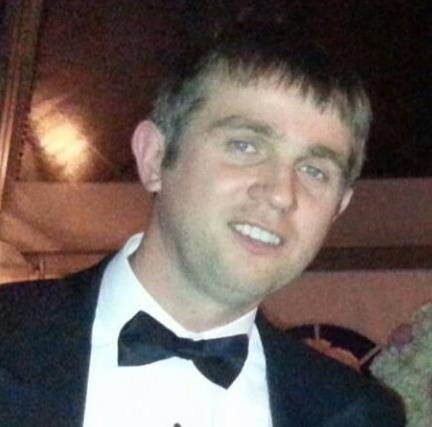
QUICK LINKS
AD
Get access to EB 5 Visa Investment Projects
Trust is a vital ingredient in organizations since they represent a type of ongoing relationship.
In their book The Trusted Leader, Robert Galford and Anne Seibold Drapeau analyze this important aspect of leadership and offer models for understanding trust and how to build it.
Galford and Drapeau identified three categories of trust:
Organizational Trust =
+Strategic trust = trust in the organization's mission, strategy, and ability to succeed.
+Organizational trust = trust that the organization's policies will be fairly administered and implemented as stated.
+Personal trust = trust that subordinates place in their manager to be fair and to look out for their interests.
Trust reduces unproductive rumors and second guessing that distracts employees from their work. It motivates, stimulates creativity, and helps the organization to attract and retain great employees.
Modeling Trust
Galford and Drapeau offer the following equation to model trust:
| Trustworthiness | = | C + R + I _________ S |
- C = Credibility is earned by expertise, by the ability to obtain the required expertise, and by being up-front about one's limitations.
- R = Reliability is consistency and dependability. Reliable leaders provide a sense of comfort to their subordinates.
- I = Intimacy is not about revealing personal details, but rather, making the business of the organization personal and understanding the sensitivities of others.
- S = Self-orientation is the degree to which one focuses on one's own concerns when interacting with others. Self-orientation decreases trustworthiness. Those who are motivated by duty or achievement tend to be more self-oriented than those motivated by meaning or who gain pleasure from the work itself.
The enemies of trust
While the above formula provides some insight, building trust is not an endeavor performed in isolation. Rather, building trust is an effort of defending trust from its enemies. A lone trusted leader cannot succeed in an untrustworthy environment because such a leader will become a target and eventually be brought down.
Galford and Drapeau identified 22 enemies of trust, each of which can be classified in one of the following categories:
- Inadequate communication
- Misbehavior
- Unremedied situations
Building Trust - Personal
Process: Engaging>Listening>Framing>Envisioning>Committing.- Engaging - finding common ground and relating to other people, for example, by appreciating the key challenges that employees face in their jobs.
- Listening - builds trust by showing that one cares enough to invest the time to listen. Asking thoughtful questions, getting clarification when necessary, and giving one's complete attention to the conversation all send the message that one cares about the other person.
- Framing - making sure that one understands the core of what the other person is conveying, and letting him or her know it.
- Envisioning - looking to the future and identifying an optimistic and achievable outcome, and helping the other person to visualize the benefits of that outcome.
- Committing - both parties agree and commit to moving toward the envisioned future.
Building Organizational Trust
Organizational trust is based on belief in the way things are done in the organization. While organizational trust requires personal trust in the organization's leaders on an aggregate basis, it is possible to have an untrustworthy supervisor and still believe in the organization.
Galford and Drapeau identified five variables on which organizational trust depends, as shown in the following equation:
| Organizational Trustworthiness | = | (A1 + A2 + A3) x (A4 + A5) ____________________ R |
- A1 = Aspirations=aspirations provide the incentive for people in the organization to want to trust each other. Aspirations is another term for business vision.
- A2 = Abilities are the resources and capabilities required to fulfill the aspirations.
- A3 = Actions is actually getting to the task and doing what is needed to reach the organizational goals rather than losing focus to the distractions that inevitably will arise.
- A4 = Alignment is having consistency between aspirations, abilities, and actions.
- A5 = Articulation is communicating the aspirations, abilities, actions, and alignment so that everybody in the organization knows them and is able to articulate them.
- R = Resistance is building a trusting organization is likely to be met with resistance in the form of skepticism, fear, frustration, and a "we-they" mindset. Resistance is unique because it stands alone in the denominator; thus it is crucial to minimize it.
Source
Robert Galford and Anne Seibold Drapeau, The Trusted Leader
Free Consultation
Search within Paperfree.com
